5 Nutrient-Packed Super Foods Hiding in Your Backyard
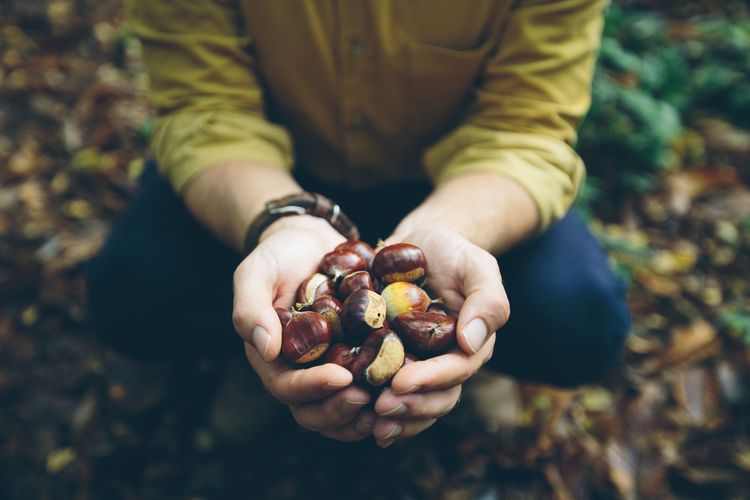
Navigating the nutrition world can be daunting, to say the least.
One minute Acai is the secret to longevity, while the next minute everyone is singing the praises of chia seeds. Attempting to stay on top of all these trends can leave you feeling like you’re losing your mind, not to mention the contents of your wallet.
Here’s the thing – it doesn’t have to be complicated or costly. You don’t have to be a slave to the fickle health food industry in order to be healthy. You don’t have to keep up with fads that fade before you get home to put away the groceries.
What someone considers “nutritious” can vary greatly. Lock a vegan in a room with someone who’s Paleo and you’ll figure this out pretty quickly. Scientists, the government, authors, bloggers and everyday people all have a difficult time reaching common ground in this area. It often seems like debates are the only type of conversations on the health platform.
The media and marketers don’t help the situation. They capitalize on this constant state of uncertainty and then use it to sell us lots of super-juice and super-kale.
Let’s help to overcome this information overload by establishing two concepts in nutrition truths that stay constant: density and diversity.
Nutrient density is exactly what it sounds like: the amount of nutrients found in relation to the volume of a given food. We’re talking mostly about micronutrients, in other words vitamins and minerals.
Plant chemicals are a subcategory of nutrients that are often forgotten. These are the attributes that give many plants their disease fighting, anti-oxidizing nature.
The more nutrient density a food has, the more bang you’re getting for your buck.
Let’s talk business. If the return on your investment would be identical, what amount would you rather invest initially: $100 or $1,000?
That’s basically the choice you’re making every day when you select your food. Only instead of spending money, you’re spending your body’s energy. The more volume of a food you eat, the more your body has to put out breaking it down and converting it into nutrients and fuel.
Many conventionally grown foods have been bred for shelf-life, looks and size rather than nutrient value. It’s coming into question how modern farming practices could be hindering the nutrients in conventionally grown food.3
Fruits and veggies are only measured for their nutrients on an ideal scale rather than an individual basis.
Just because an apple is supposed to have specific nutrients, doesn’t mean it realistically will. We’ve lost sight of the fact that growing conditions, packaging and shipping time could be hindering the nutrient density of the food you find on the shelves.
Diversity is equally as important. Back to the investment analogy, would you prefer to put all your money into one company or would you rather diversify your portfolio to keep your risk in check?
When it comes to your diet, don’t put all your eggs into one basket. As a society, we’ve become far too narrowed in on specific foods and nutrients. One study estimated that our hunter gatherer counterparts ate about twice as many species of foods and about twenty times the amount of wild foods.1 In comparison to our modern world, these populations tend to have much better overall health and are void of many diseases of the developed world.2
By focusing on only a select few species of plant foods, we could be potentially missing out on a whole host of beneficial plant chemicals. When it comes to your diet, it’s wise to remember that there’s more out there than what you’d find in the produce aisle.
So how do you incorporate these two vital truths into your diet without breaking the bank? Here’s a diverse list that includes nutrient dense power-house plants you’re more likely to find fresh in your backyard than sitting on the supermarket shelf.
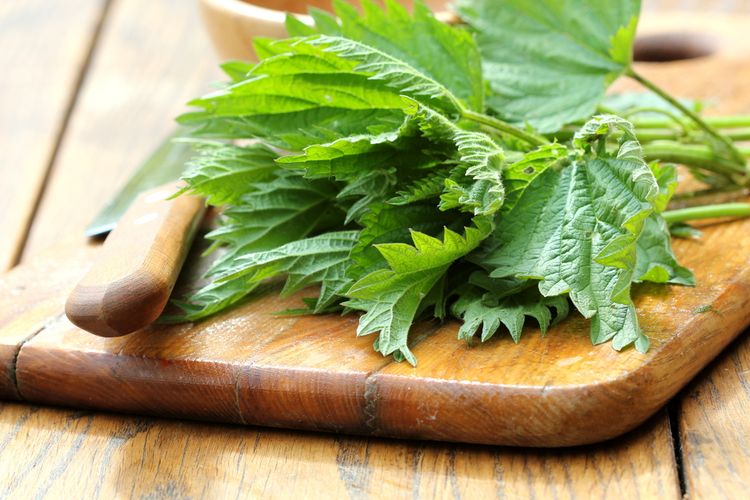
1. Stinging Nettle
Don’t be intimidated by this plant’s prickly defense mechanism. Its stinging hairs are easily avoided with the use of gloves, and cooking quickly neutralizes its bite.
Nettle toes the line between food and medicine, and is used traditionally in a wide range of places, including Africa, Europe, and the Middle East.4,5,6
A mineral powerhouse, nettle contains high levels of potassium, calcium, and phosphate. Nettle shows promise in reducing blood sugar and helping to repair the pancreas, making it an ideal food for anyone struggling with diabetes.7
Medicinally it’s known to have the ability to protect against oxidation and inflammation in addition to its anticancer potential.8
The best practice is to harvest the tips in the spring and summer when they have the best flavor. Try them as a substitute for spinach in omelets or soups. Again, make sure they are fully cooked in order to avoid their sting!9
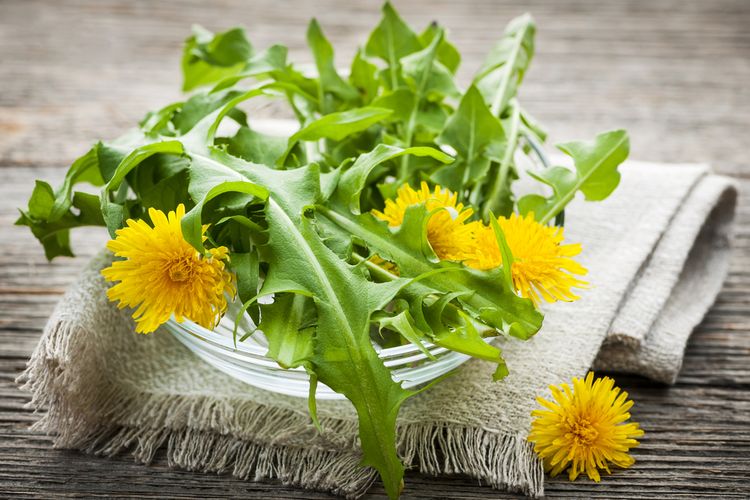
2. Dandelion
You’re probably familiar with these plants as a pesky lawn weed. Don’t just pull them, put them to use!
High in vitamins A and C, in addition to a range of minerals, this is another food with a handful of medicinal qualities.9
Dandelion contains significant levels of the minerals zinc, copper and manganese, making it a potent immunity herb. Dandelion also boasts a near perfect ratio of calcium to magnesium.10 Having a balance of these two vital minerals is essential to health and vitality.
The root in particular is considered a prebiotic, meaning it feeds beneficial bacteria in your intestines.11
Known for its liver protective qualities, Dandelion might also play a role in the prevention of fat accumulation. In studies, its shown potential to inhibit fatty liver and overall fat-tissue production. It may actually turn off genes that are responsible for adding excess fat to the body during fat metabolism.12,13
Leaves can be used as a tea or as an additional green to salads and stir-fry. They can be a bit bitter and the younger leaves tend to have a better taste and texture. The roots are also highly nutritious.

3. Plantain
Another “weed” you might know from your lawn, plantain is a little less obvious and not to be confused with the banana-like fruit. This leafy green is known in the herbalism world for its blood cleansing abilities.9
Plantain is another great option if you’re looking to diversify your leafy greens while getting a little detox action in as well. It stimulates the lymph system, protects the liver and is anti-inflammatory.14,15 In labs, plantain demonstrated effective anti-fungal properties on candida.16
One of the mechanisms of action may be its ability to bind to toxic substances such as heavy metals and carcinogenic chemicals.17,18
This is a great attribute if you’re eating plantain from a good clean source. However, keep in mind that plantain will pull these toxins from the soil if they’re present as well.
It may be a good idea to have your soil tested before snagging this plant from your yard.
It can be eaten raw or cooked and is similar to spinach. The young leaves will generally taste best.9
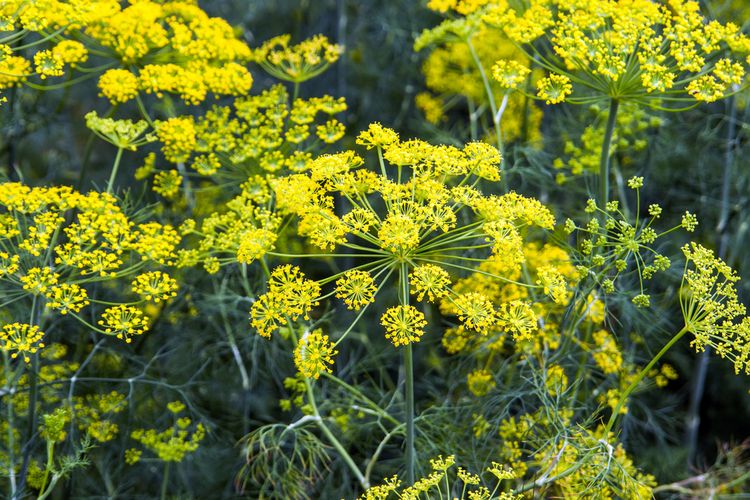
4. Fennel
Fennel’s long history in traditional cultures as a culinary food, herb and medicine has given this plant its notoriety.
It has a sweet, slightly pungent, licorice-like flavor and bulbous root that’s often used in stir-fry.
Though you’ve probably seen it on the market shelf, it’s considered an invasive weed for its hardiness and ability to quickly run down surrounding plants.
You may not realize just how abundant fennel is in the wild. Keep an eye out for its lacy yellow flowers and tall thick stalk.
Fennel is one of the highest plant sources of potassium, sodium, phosphorus, and calcium, in addition to having a high amino acid and fatty acid count.
Its numerous beneficial plant chemicals have been heavily studied in labs across the world and virtually all parts of the plant are edible.
Cultivated in almost every country as a traditional medicine and food, it has a long list of claimed abilities from anticancer to antibacterial and memory enhancing.
Used like an herb, it can contribute both flavor and medicinal qualities. It’s known to enhance digestion and soothe stomach upset, making it a great addition to heavier dishes.19
Fennel is an excellent protectant with the ability to shelter the liver, brain function, and cells in general. This diverse range of skills makes fennel a wise addition to any diet.19
If you choose to wild harvest, be extremely cautious. To the novice, this plant can look similar to hemlock, which is highly toxic. Make sure you have a plant expert confirm your findings and be absolutely certain that you have fennel.
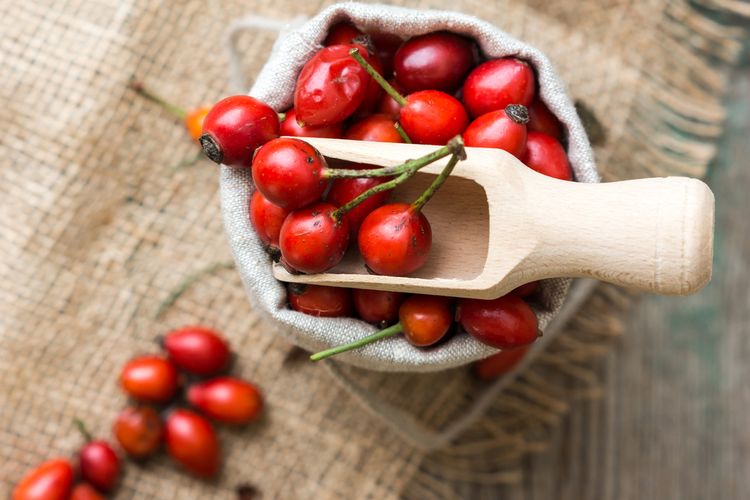
5. Rose Hips
You may not know that roses are treasured for far more than their pleasant scent and delicate blooms. Rose hips are one of the most nutrient dense foods hiding right under our noses.
These tiny little fruits pack a serious nutrient punch. One study showed an average of 120-360 mg of vitamin C per 100 grams of rose hips. Thats about three to seven times the amount of vitamin C found in your average orange!
This potency makes them an ideal antioxidant and immunity food.20,21
In addition, they contain vitamin E, omega-3s, omega-6s and at least six different types of carotenoids.22,23
Rose hips have also shown powerful anti-inflammatory properties, making them a great addition for those suffering from inflammatory diseases. In studies, they showed particular effectiveness in reducing symptoms of arthritis.24
Collect and dry seedless rose hips for use in teas or jams. To make a simple rose hip jam, soak them in apple juice overnight and enjoy in the morning.9
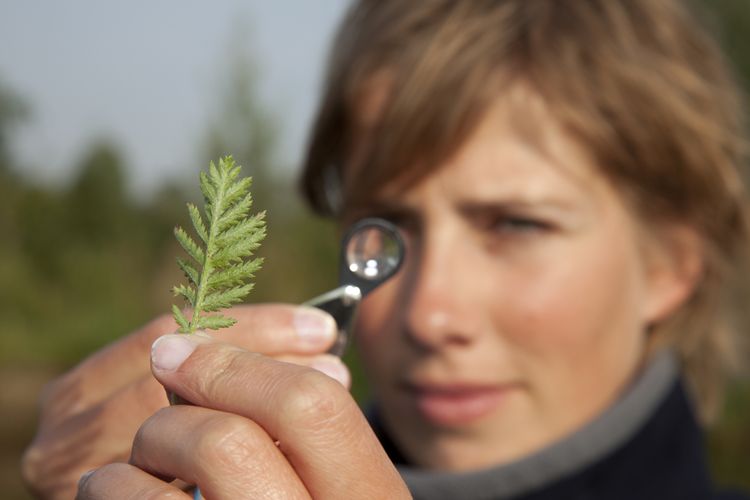
What To Know Before You Go Rummaging Through Your Yard
This article is meant to educate on the contents of these hidden super-foods and isn’t a guide to safe foraging. Before you eat a plant from the wild, be absolutely sure you’ve identified it correctly.
There are lots of great resources for plant identification. Check out your local nature center or bring in a sample to a nearby nursery.
Another thing to be aware of is where the plants are grown and how they’re treated. Keep in mind that public cities and parks may be spraying foliage with pesticides and fungicides.
Know that there’s a good chance plants are absorbing anything they find in the soil, including toxins. If you live in a densely populated area, it’s smart to get your soil checked. Lead and other contaminants from houses can sometimes find their way into your yard.
It’s also wise to avoid collecting from anything close to heavily trafficked roads and freeways. Exhaust residue can be absorbed into the soil and possibly into the plants.
If foraging isn’t your thing, creating a designated garden for many of these plants is absurdly easy. Most of them will grow themselves, leaving you with a constant supply of diverse nutrients at your fingertips!
